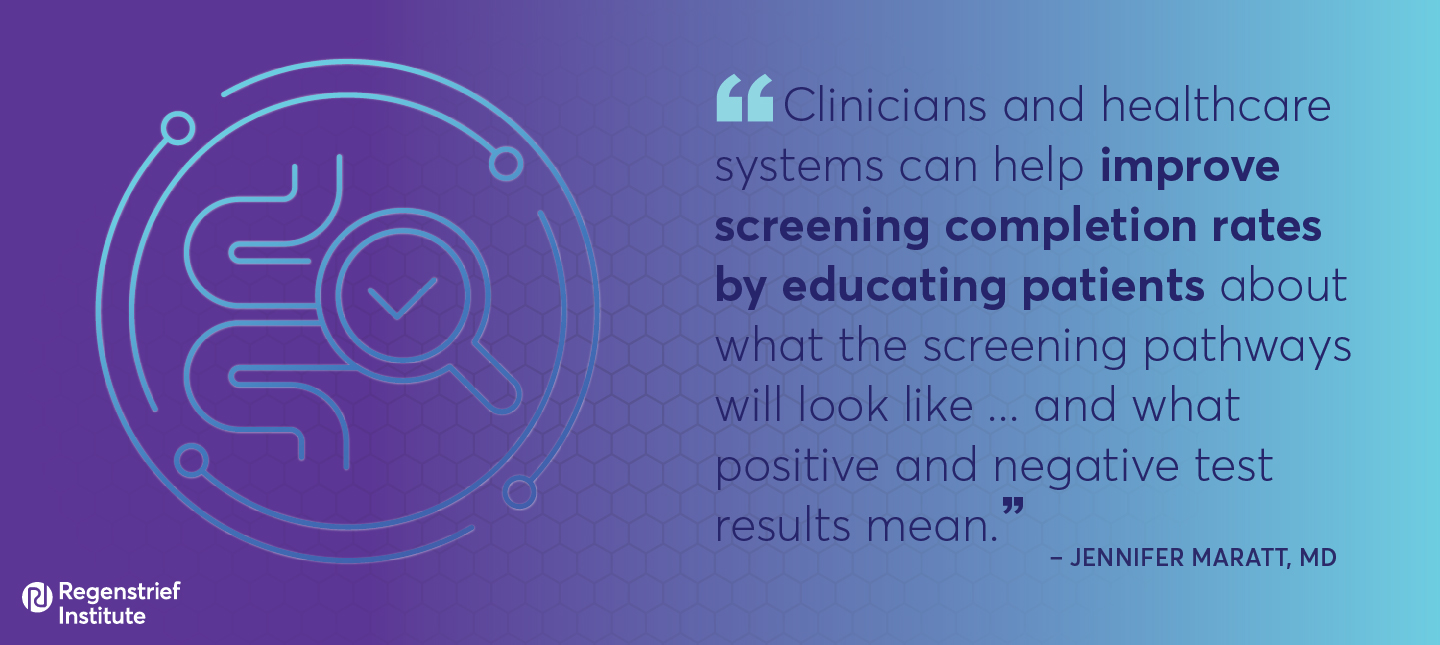LOINC – Logical Observation Identifiers, Names and Codes – is a universal code system for tests, measurements, and observations.
LOINC is:
- A common language (set of identifiers, names, and codes) for clinical and laboratory observations.
- A rich catalog of measurements, including laboratory tests, clinical measures like vital signs and anthropomorphic measures, standardized survey instruments, and more.
- A standard which enables the exchange and aggregation of clinical results for care delivery, outcomes management, and research by providing a set of universal codes and structured names to unambiguously identify things you can measure or observe.
Put another way, LOINC provides the lingua franca for interoperable data exchange.
LOINC was initiated in 1994 by Regenstrief investigator, Clem McDonald. Regenstrief organized the LOINC committee to develop a common terminology for laboratory and clinical observations because there was a growing trend to send clinical data electronically from laboratories and other data producers to hospitals, physician’s offices, and payers who use the data for clinical care and management purposes.
At the time, and still today, most laboratories and clinical services use HL7 to send their results electronically from their reporting systems to their care systems. However, the tests in these messages are identified by means of their internal, idiosyncratic code values. As a result, receiving care systems cannot fully “understand” and properly file the results they receive unless they either adopt the producer’s test codes (which is impossible if they receive results from multiple sources), or invest in the work to map each result producer’s code system to their internal code system.
LOINC is used by thousands of organizations and individuals in nearly every country in the world. View the user base at loinc.org/atlas.
LOINC is free, but invaluable. Download the current version of LOINC and Regenstrief LOINC Mapping Assistant (RELMA) here.





